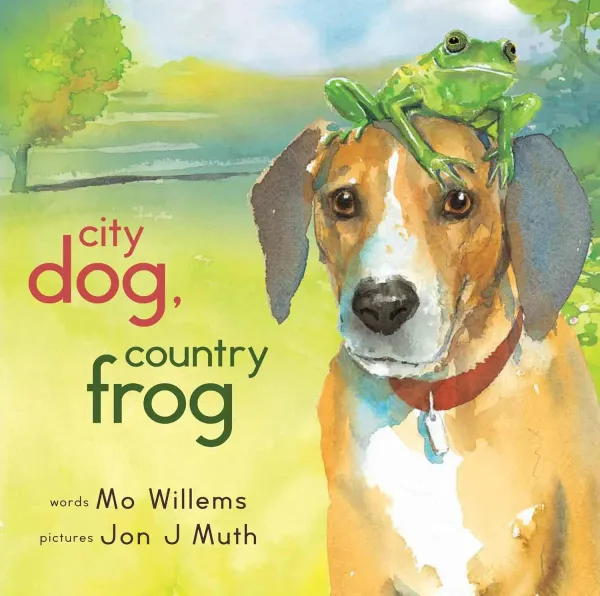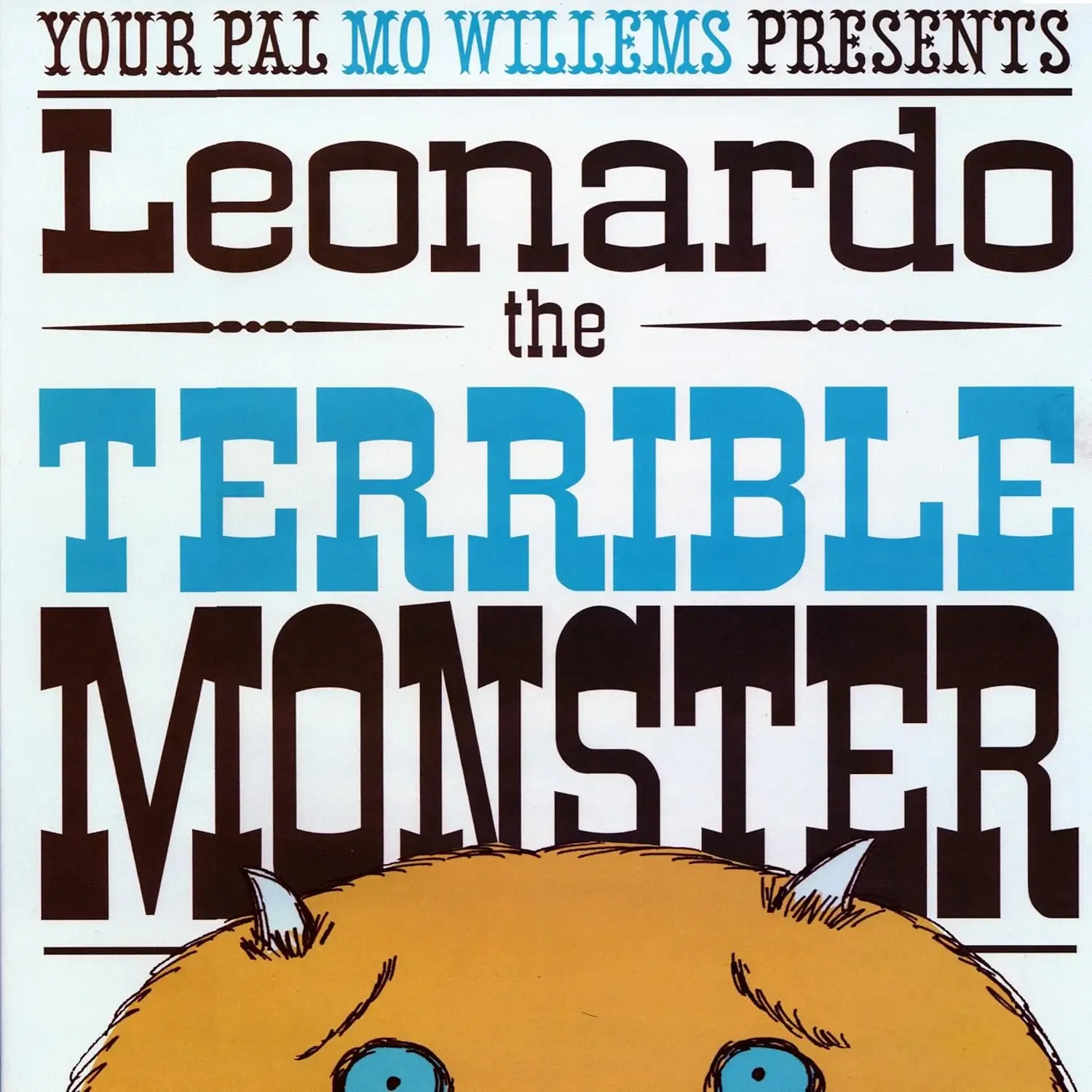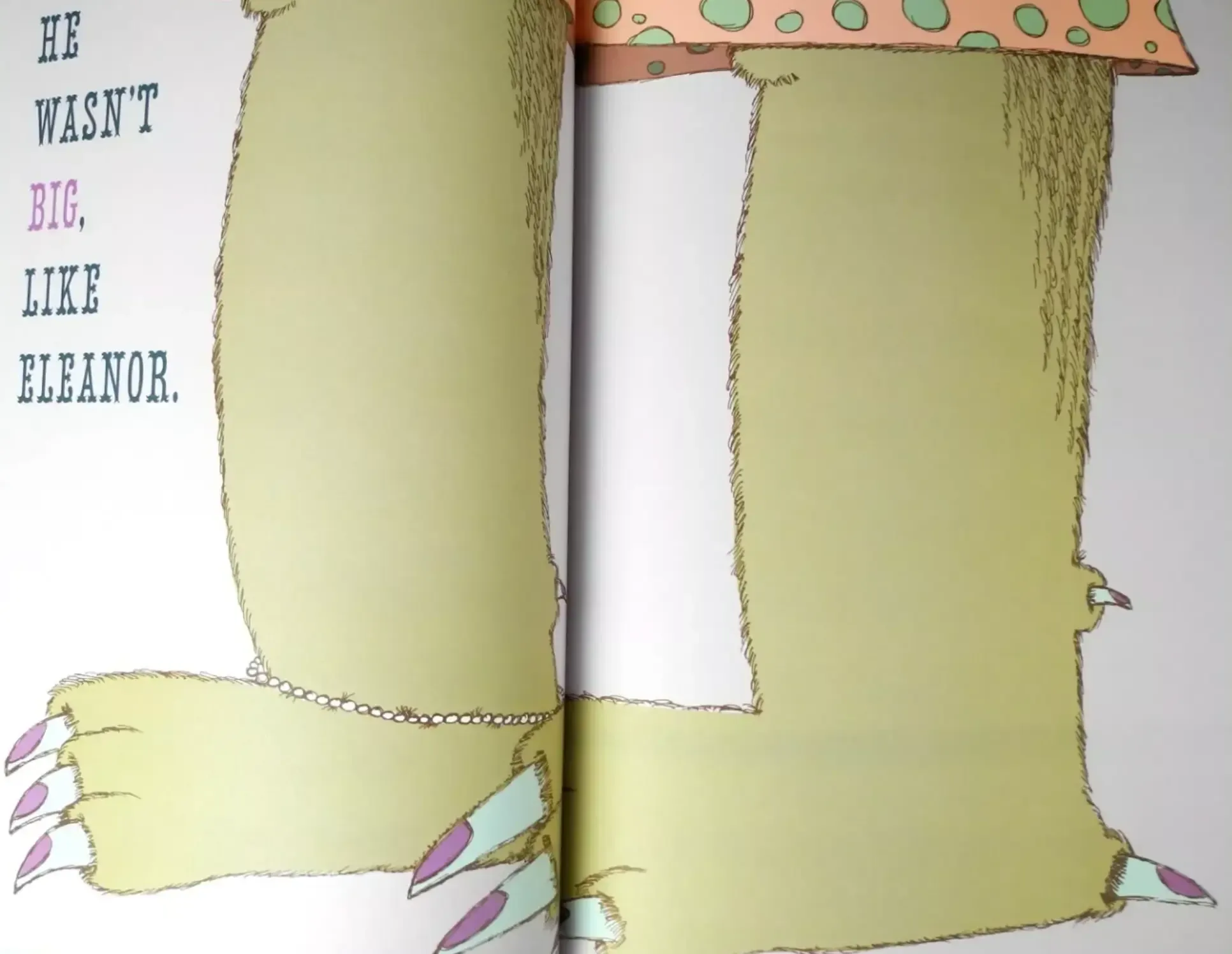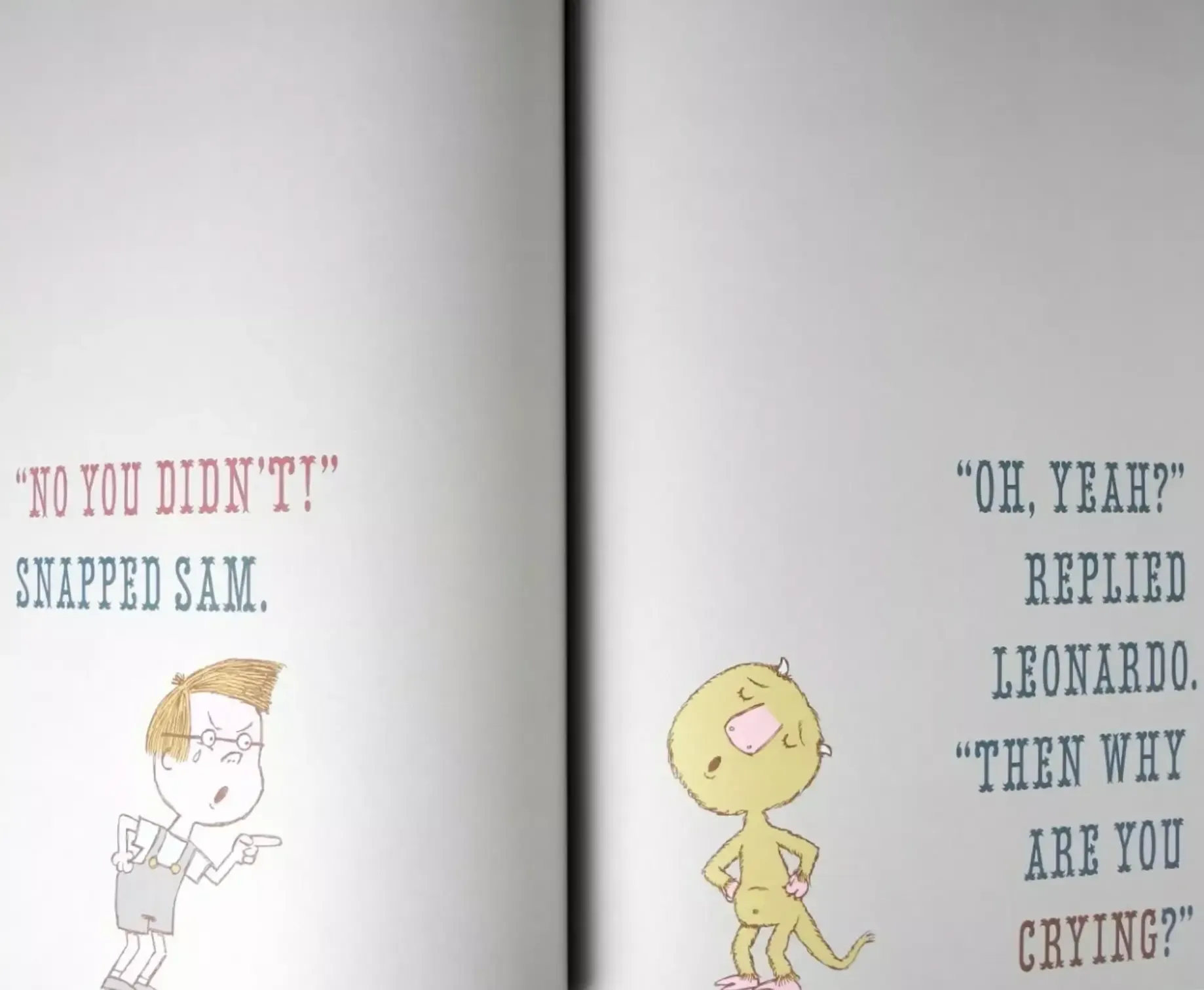Mo Willems’ Leonardo the Terrible Monster is a delightful and witty picture book about a little monster with a big problem, he’s just not scary. Despite his best efforts, Leonardo is terrible at being a monster. He can’t frighten anyone, not even the most timid of children. But instead of giving up, Leonardo hatches a plan to find “the most scaredy-cat kid in the whole world” and finally achieve his dream of scaring someone.
From the outset, the book’s premise is wonderfully amusing. Willems flips the typical monster trope on its head by introducing a monster who is kind and incapable of doing what monsters are expected to do: scare people. Leonardo is small, with floppy ears, a round body, and an expression that makes it clear he’s more lovable than terrifying. Willems’ witty writing and quirky humor drive the narrative, making it not only a fun read for children but also an enjoyable experience for adults who will appreciate the clever wordplay and lighthearted tone.
One of the book’s standout features is its simplicity, both in its language and illustrations. Willems’ minimalist art style, with its clean lines and muted color palette, allows the focus to remain on the characters and their emotions. The large, expressive eyes of Leonardo and the other characters convey a range of feelings, from Leonardo’s determination to the exaggerated fear (or lack thereof) on the faces of the children he encounters. These exaggerated expressions make the humor of the book even more effective, as readers can clearly see Leonardo’s frustration with his inability to scare anyone.
Despite its playful nature, Leonardo the Terrible Monster also carries a meaningful message about friendship and self-acceptance. When Leonardo finally finds Sam, the “most scaredy-cat kid in the whole world,” he tries his best to scare him. But instead of being frightened, Sam breaks down in tears, not because of Leonardo, but because he’s feeling sad about something entirely different. This moment shifts the story from being about scaring people to understanding them. Leonardo realizes that being a terrible monster doesn’t matter as much as being a good friend. In the end, he decides to stop trying to be scary and instead chooses to make Sam feel better, a heartwarming twist that gives the story emotional depth.
The book’s pacing is excellent, with each page turn revealing a new attempt by Leonardo to fulfill his monsterly duties, only to be thwarted by his own harmless nature. The humor builds throughout the book, leading to a moment of reflection that feels earned and satisfying. Leonardo’s journey from wanting to scare to wanting to care is a gentle and effective way to introduce themes of empathy, kindness, and the idea that it’s okay to be different.
Willems’ writing is wonderfully accessible for young readers, with short, punchy sentences that keep the pace lively. His use of repetition and bold, oversized text during key moments adds to the comedic timing of the story, drawing readers in and encouraging them to participate in Leonardo’s failed attempts at being scary. This interactive element makes the book ideal for read-aloud sessions, as children can anticipate and react to the humor on each page.
At its core, Leonardo the Terrible Monster is a story about embracing who you are, even if it doesn’t fit the expectations of others. Leonardo learns that being a great friend is far more important than being a scary monster, and that realization transforms him from a “terrible” monster into a truly wonderful one. The book’s message about kindness and empathy is subtle but powerful, making it a story that resonates with readers long after the final page.
Mo Willems has once again created a book that is as engaging as it is meaningful. Leonardo the Terrible Monster is a funny, heartwarming story about accepting yourself and finding strength in compassion. Its humor, paired with its positive message, makes it a must-read for children and a beloved addition to any bookshelf.
Questions to ask while reading:
- How does Leonardo try to scare people?
- Why does Leonardo want to scare someone?
- What does Leonardo learn about being a monster by the end of the story?
More books by Mo Willems:
 City Dog, Country Frog
City Dog, Country Frog




